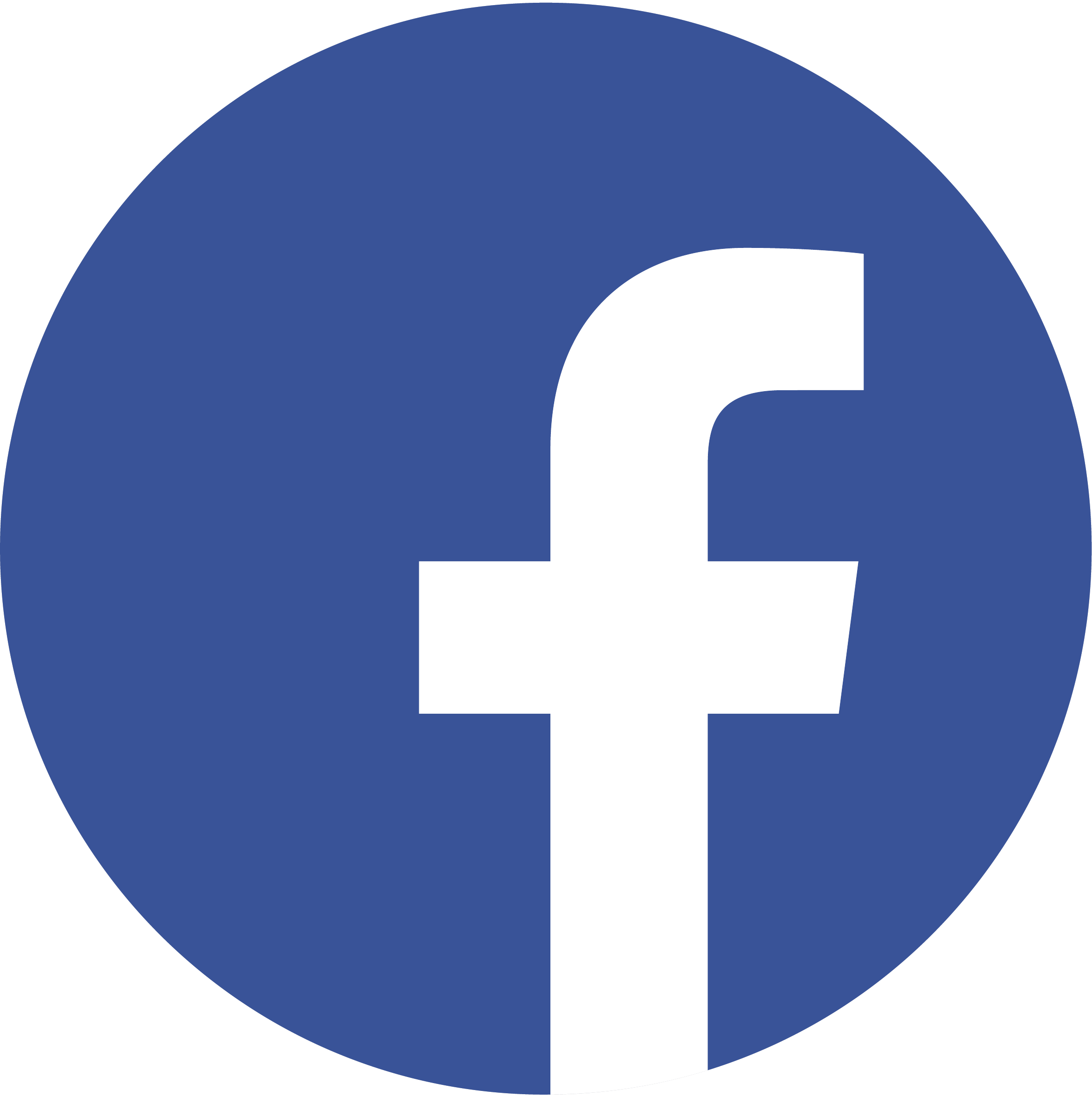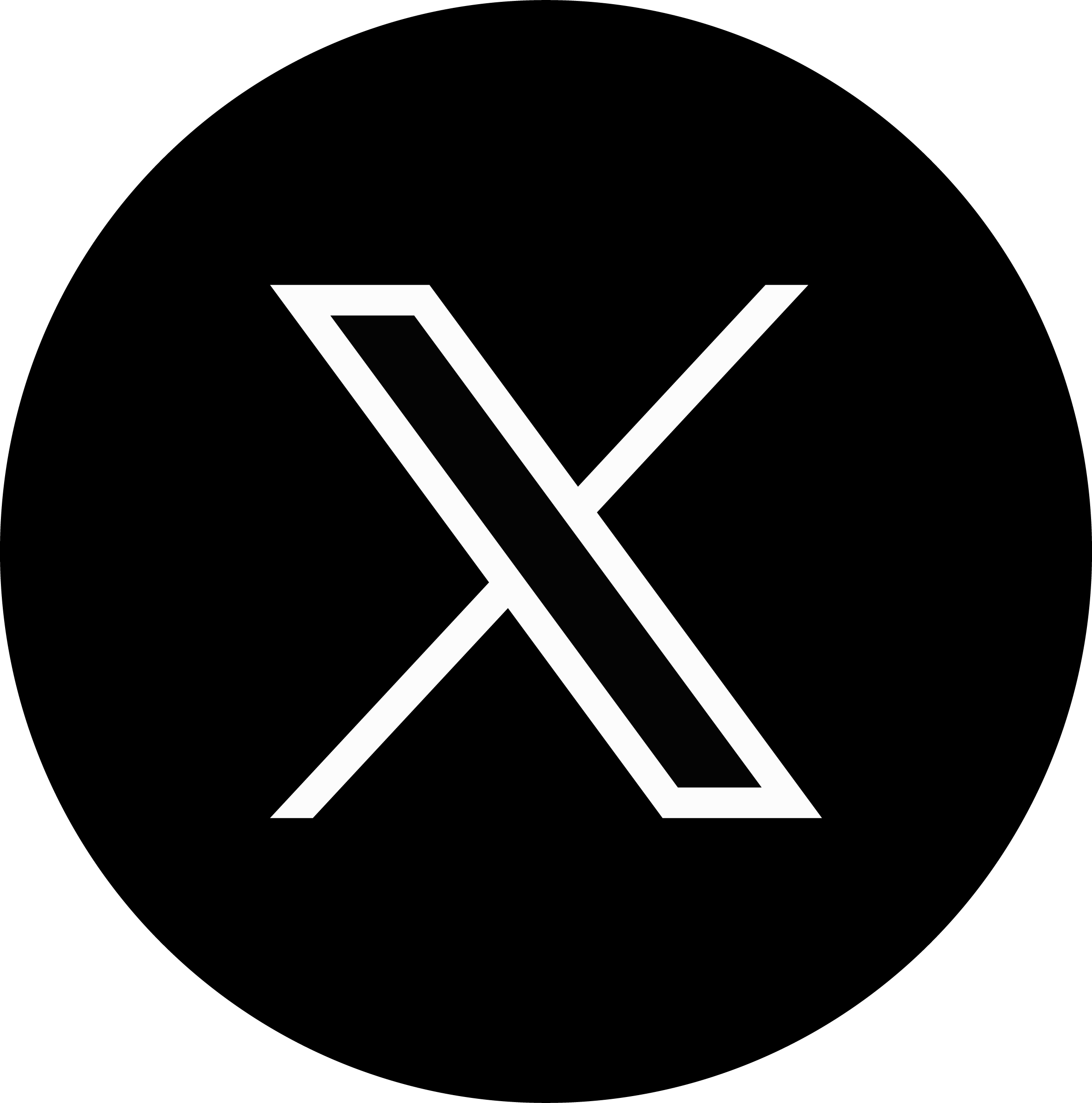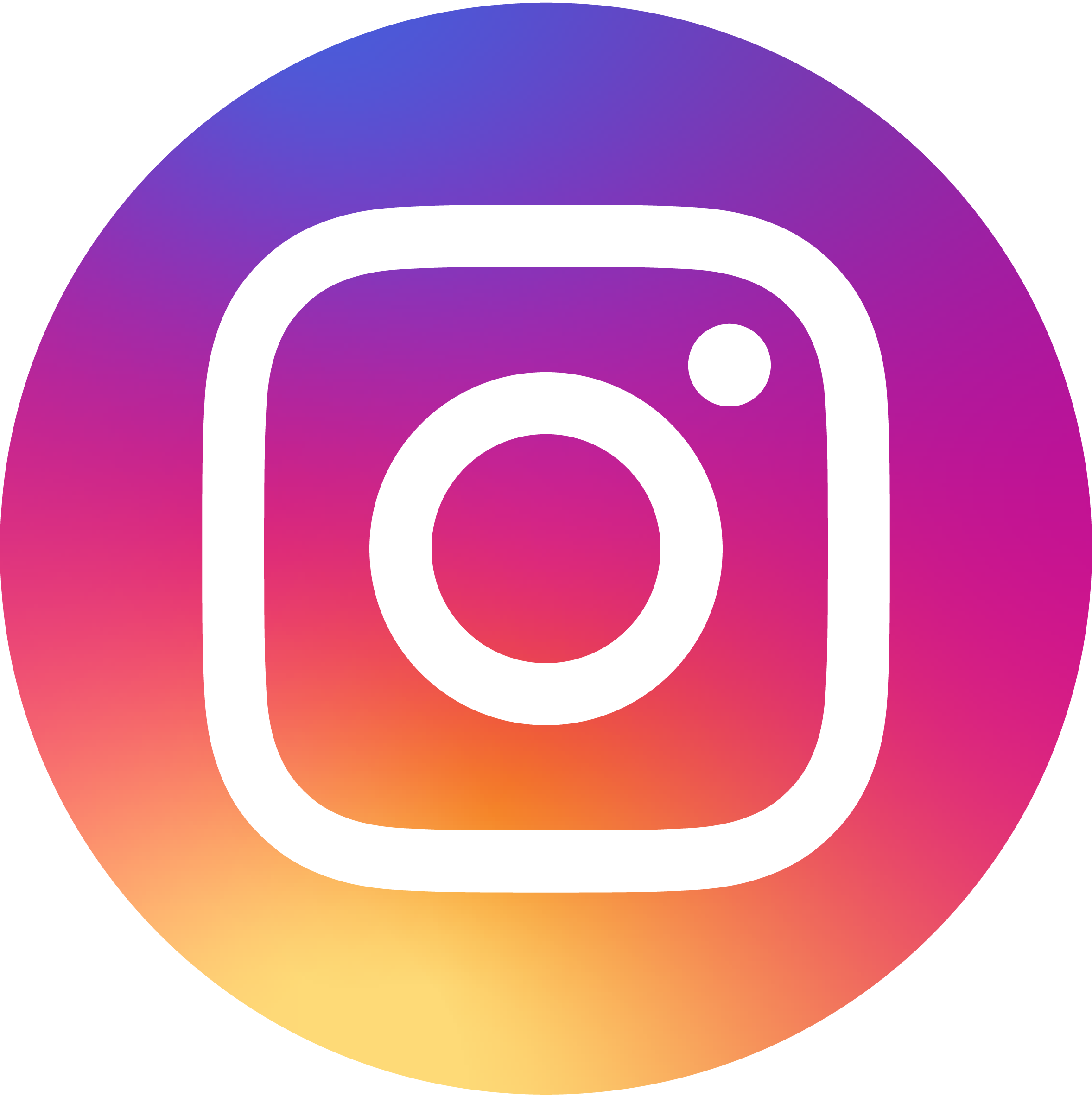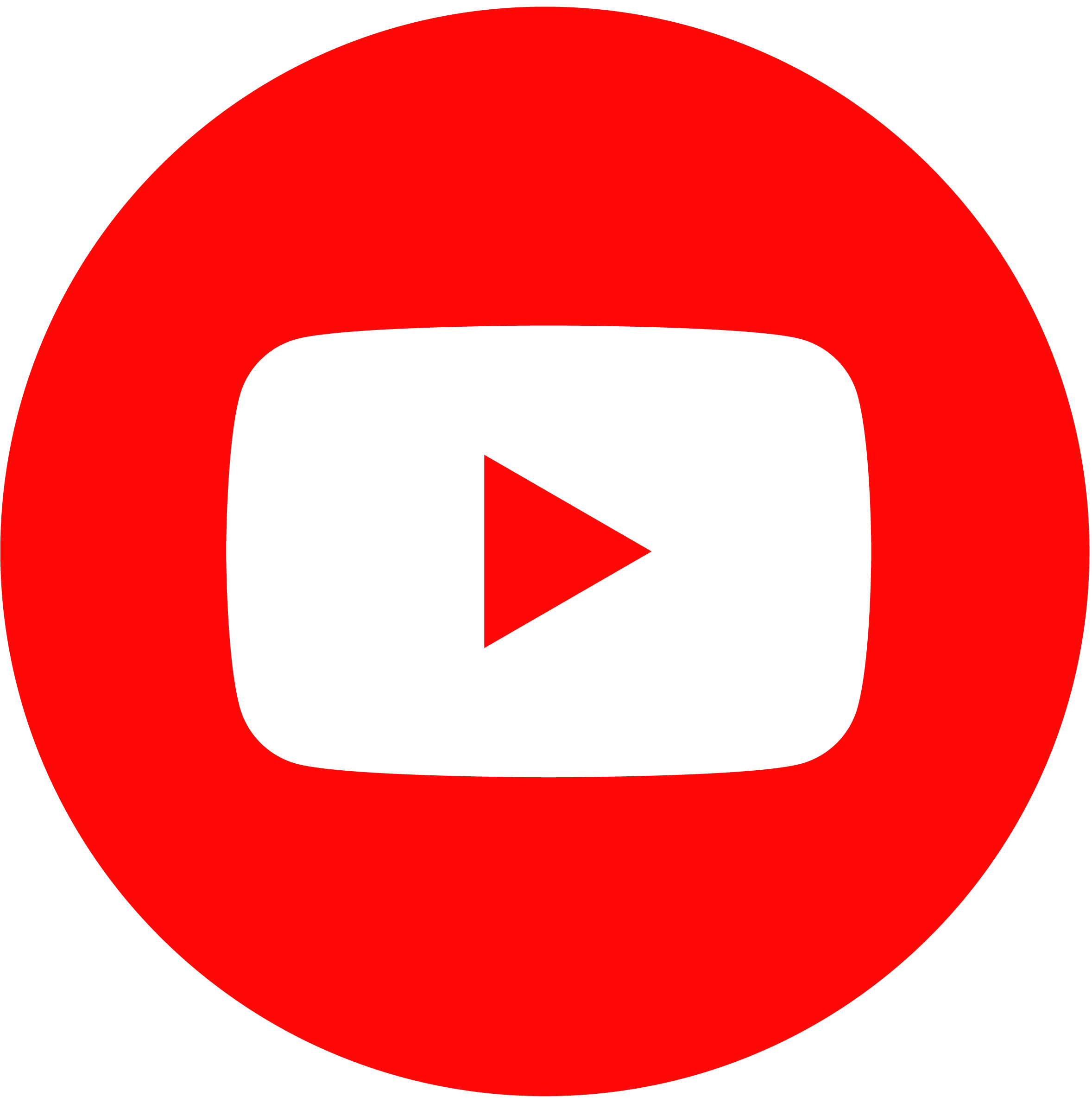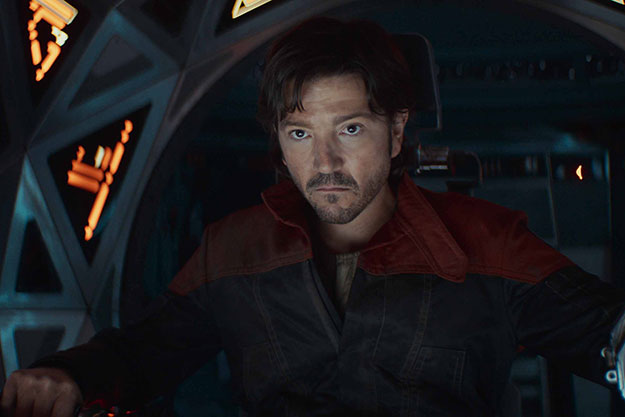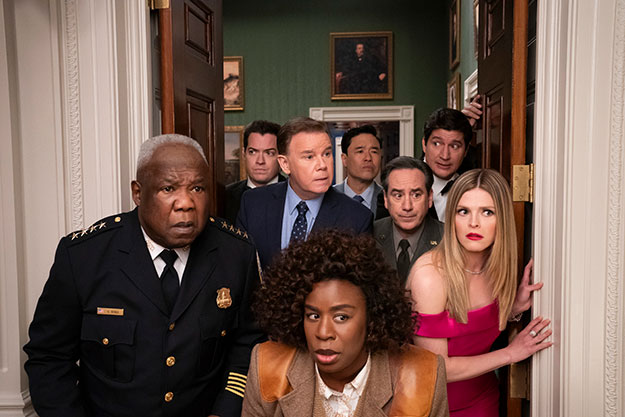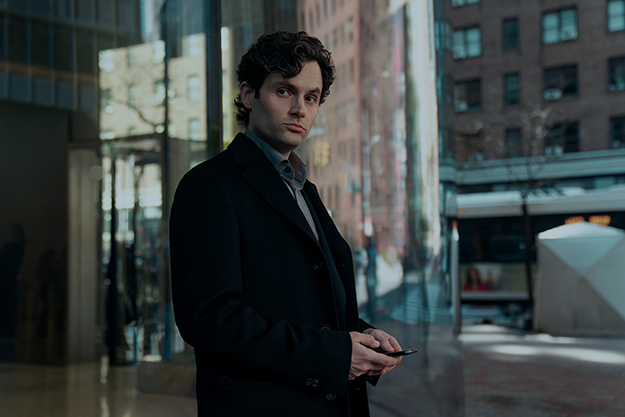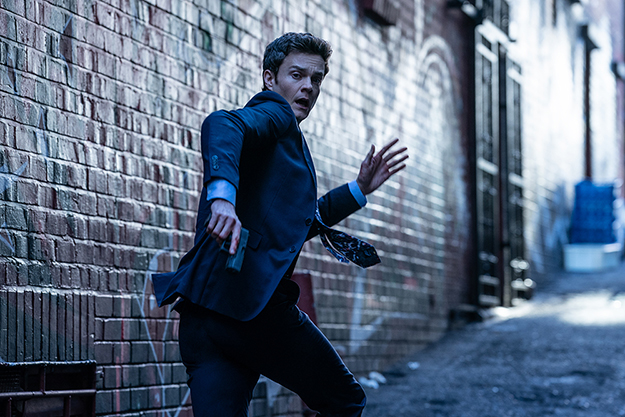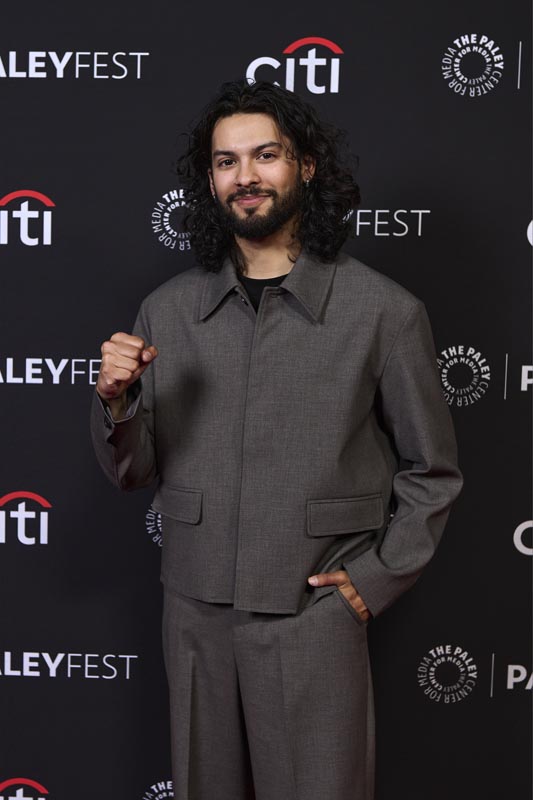‘Toy Story 4’ Interview: Director Josh Cooley and Producer Mark Nielsen
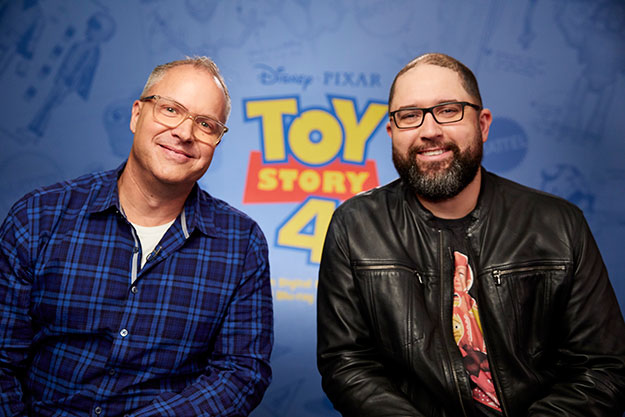
On a recent media trip to the Mattel headquarters, we met and sat down with the filmmakers of Pixar’s Toy Story 4. We wanted to know their thought process in making this film, a film that the majority of the audience never thought would happen. Was this film in the works since the beginning? How did they prepare to dive into such a film when the 3rd installment seemed to have ended it all? What was the hardest part of making this film? Check out our interview below with Josh Cooley and Mark Nielsen for an inside look at how this film came to life.
Entertainment Affair: You guys mentioned watching the previous movies, but was there anything you guys did to prepare to start working on this film, or was it mostly just rewatching the prior three films over and over making sure you were grasping every little detail of it?
Josh Cooley: Well, we would constantly go into those screening rooms and watch all three films in a row just to kind of check our thinking on things and making sure we were remembering the scenes correctly. One of the benefits of being in the work with a lot of the original creators was that we would get to talk to them about what was the inspiration for the first Toy Story and kind of go even deeper than just what was there behind the scenes. Andrew Stanton pointed us to Lady and the Tramp, that they watched it a lot, and I didn’t know why. Then we went and watched it and the reason is because that whole movie is shot from the perspective of a dog, so very rarely you actually see the humans’ faces, it’s mostly hands and feet. And that was really informative in just making sure that you were always kind of like in the perspective of something down low and what the world would be from that angle.That, and just seeing what’s important at that angle is that you’re always framing the camera for points of reference. For example an electrical outlet, when you put that next to Woody, you automatically know the scale of Woody, and we know these are toys but you always have to remind the audience that because we’re getting so close to the characters that it can start to feel like a little people movie and not a Toy Story movie.
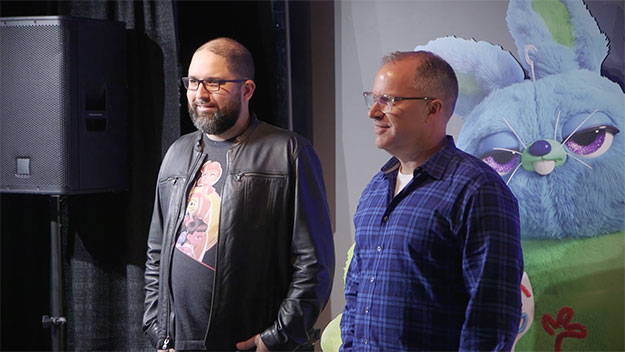
EA: You guys mentioned working on this film for 5 years, what would you say was the hardest part?
Mark Nielsen: You know, crafting the story and getting that right is the hardest part. I think that’s true of all Pixar films, but I think that was particularly true of Toy Story 4 because there had been such a beautiful set of films in 2 and 3 that kind of brought to a conclusion the story of Woody and Andy, you know, the idea of adding on to that.
EA: Now, that was the hardest part of it. What was the funnest part of it?
JC: Oh wow, well the first thing that pops into my head is seeing things animated. You know, you work so hard on the story, cutting it together and edit and then recording the voices, and then going into layout, it’s a lot of thinking ahead. But once you start to see things animated, it’s all of a sudden come to life. This whole experience, you get to see these shots for the first time, and it’s like you’re watching a movie for the first time. That’s when it really kicks in, oh, you’re making a movie; it really starts to come together.
MN: I’ll just add, it’s a little deeper in the process, but when you go and score the film. There’s a time that we go down there for the first time to record with a full 101 piece orchestra, and for the whole day you’re watching your scenes up on a giant screen behind the orchestra, Randy’s conducting, and just to see how much can be accomplished in one day when you’re scoring is amazing.
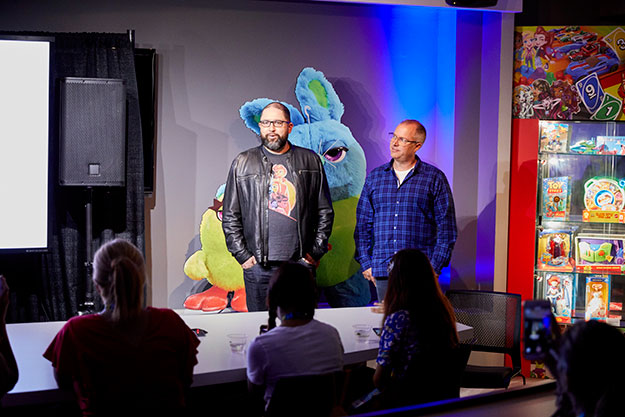
EA: You were mentioning creating this new film whereas the majority of the people thought it had ended on the third. Was it in a sense planned this way or was it something that developed after it ended?
JC: Well, what I didn’t know is that Andrew Stanton who’s the executive producer and writer on the first three had started writing an outline for number 4 before 3 even came out, but he didn’t share it with anybody. It was just kinda like his private thing, so it was being thought of for sure. But to answer the first part, I feel like nothing is ever fully planned out no matter what film you’re on. It always goes in ways you don’t see coming. The movie eventually kinda tells you what it wants to be, which is crazy to think though, but it really does feel that way. It’s almost like it doesn't matter what I think anymore, it’s just the film is kinda telling you what it wants to be. I know that sounds really weird and hippy but after 5 years it kinda makes sense.
EA: Now, let’s talk about the digital and blu-ray versions. What can we find on these versions that we did not see in theaters?
MN: Yea, there’s a lot of great stuff, just digging into like how we made it and what the thinking that was behind it that’s gonna be included in the special features here. There’s a great piece, a little mini documentary on all the new characters. Each new character kinda gets their own mini documentary talking about that character, the voice casting, a lot of interviews with the voice talent, but also the filmmakers and how we’re developing their look and finding their place in the story. There’s a great piece with Tom Hanks and Tim Allen talking about playing Buzz and Woody over the years, which is really amazing to hear them just reminisce about what it’s meant to them, the impact it’s had on their lives. That’s a great one.
JC: We also did a commentary together, an audio commentary track for the whole movie talking about scene by scene as we go.
Toy Story 4 will be available digitally on October 1st and on Blu-ray and 4K UHD October 8th.


